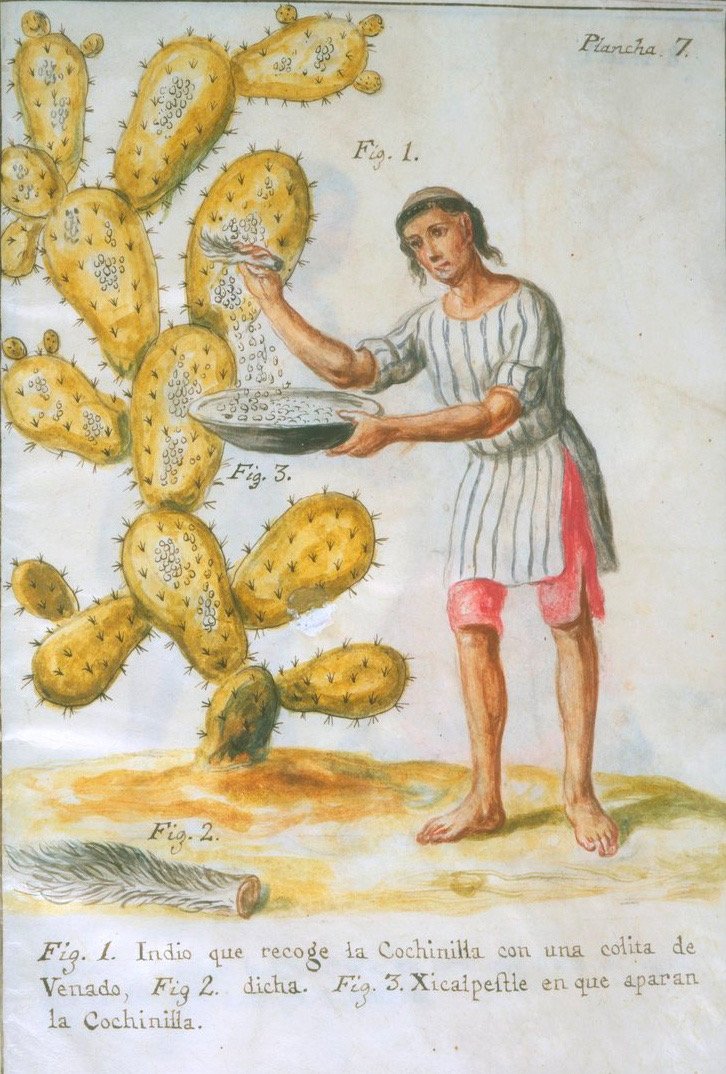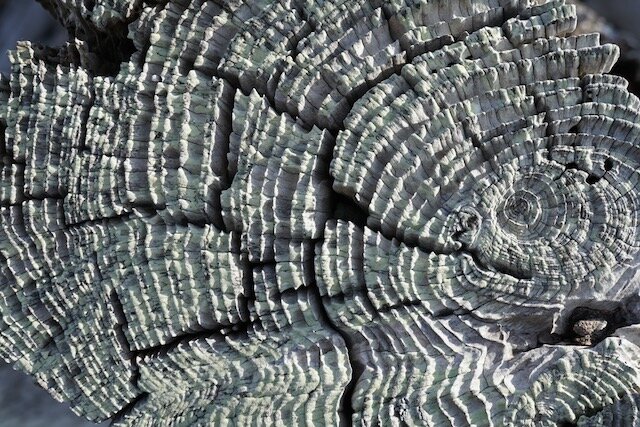
The Alien Beauty and Creepy Fascination of Insect Art
“They don’t live like us. They don’t look like us. They do the things that we do in such bizarre and wild ways that it’s just endlessly intriguing,” says artist Catherine Chalmers. “They offer a very, very different perspective on life on Earth.”

Ustad Mansur | Dodo Raphus cucullatus
“Deceased artists, musicians, painters, and authors who have made outstanding or fundamental contributions to their field and have been recognized as art historically significant figures for more than 50 years.”
As per 2021 there are 414 records for named craters on Mercury, among them you will find the name of Ustad Mansur - a seventeenth century miniature painter and court artist for Mughal emperor Jahandir.

Margaret Leiteritz | Science in Culture | Nature (2004)
“Leiteritz's paintings typically reworked a mundane graph using large expanses of colour and a bold abstract theme, changing it into a dynamic painting. Other works are reminiscent of Bunsen burner flame or DNA gel.”

On Polar Bears and Art | The Conversation
“As expected, the fascination with polar bears went beyond them being depicted in paintings or sculptures. There is no doubt that as soon as they were found, they had to be brought to the towns on a firm land for entertainment.”

The Art of Whaling | The Public Domain Review
“Here, they watched whales breach the Atlantic’s surface and pronounced the ocean “a green pasture where our children's grandchildren will go for bread”. Can we say the same nowadays?

Primary Sources/ A Natural History of the Artist's Palette/The Public Domain Review
“For all its transcendental appeals, art has always been inextricably grounded in the material realities of its production, an entwinement most evident in the intriguing history of artists' colours. Focusing in on painting's primary trio of red, yellow, and blue, Philip Ball explores the science and stories behind the pigments, from the red ochre of Lascaux to Yves Klein's blue.”

Cracking a Rembrandt Mystery | Cosmos Magazine
“The Ashmolean museum in Oxford recently announced that a portrait by Rembrandt, long thought to be a fake created after his death, was indeed an authentic work by the Dutch master. The announcement came after a study of the portrait’s wood panel.”

Galileo the Artist | Nature
“As a young man, Galileo Galilei considered becoming a painter.”

James Watt and the Steam Engine: the Dawn of the Nineteenth Century
“…in short, I can think of nothing else but this machine.” James Watt in a letter to James Lind about his invention.

Old Paintings Reveal How Fruits and Vegetables Have Evolved Over the Centuries | Vice
"Plant-based food is lavishly depicted by thousands of artists throughout the ages and offers a vast and unique insight into the stunning evolution in shapes and colors of our modern-day groceries," they wrote in an article published in the journal Trends in Plant Science.”

An experiment on a Bird in an Air Pump | Joseph Wright of Derby, 1768
“... the Bird for a while appear'd lively enough; but upon a greater Exsuction of the Air, she began manifestly to droop and appear sick, and very soon after was taken with as violent and irregular Convulsions, as are wont to be observ'd in Poultry, when their heads are wrung off: For the Bird threw her self over and over two or three times, and dyed with her Breast upward, her Head downwards, and her Neck awry.”

The Doctor by Gerard Dou | Book Excerpt
“The physician, in the act of examining the urine, is depicted in many manuscripts, dating as far back as the early fourteenth century, and the subject becomes still more common among the wood- featured cuts of the fifteenth and sixteenth centuries, from which period it became a popular subject among artists of repute. Pictures representing the physician, the apothecary or the charlatan in the act of diagnosing the disease of a patient from his urine glass are apparently innumerable.”

"Unlike any Other Upon the Globe" | Grand Canyon of the Yellowstone
“Nothing has been, nothing can be said, to magnify the wonders of this national pleasuring ground. It is all and more that it has been represented. In the catalogue of earthly wonders it is the greatest, and must remain so. It confers distinctive character upon our country, greater than that of Niagara, Yosemite, of Mammoth Cave, though each of these is, in itself, without parallel.”
Picturing a Voice | Margaret Watts-Hughes and the Eidophone | The Public Domain Review
“Her Voice Figures may not sit comfortably within any of the disciplines of her day, but they nonetheless gesture toward, amongst many other things, practices that only evolved much later in sound and arts, which understand the recording process to be a transformational creative act in and of itself, rather than merely an act of "sound capture". As such they deserve to be much more widely known.”
How an Ancient Indian Art Utilizes Mathematics, Mythology, and Rice | Atlas Obscura
“Mathematicians and computer scientists have keenly studied the kōlam. The kōlam is “an unusual example of the expression of mathematical ideas in a cultural setting,” writes Marcia Ascher, a professor emerita of Mathematics at Ithaca College. Citing her ethnomathematical research (a field of study combining anthropology and mathematics), Nagarajan adds that “The kōlam is one of the few embedded indigenous traditions that have contributed to the western mathematical tradition.”